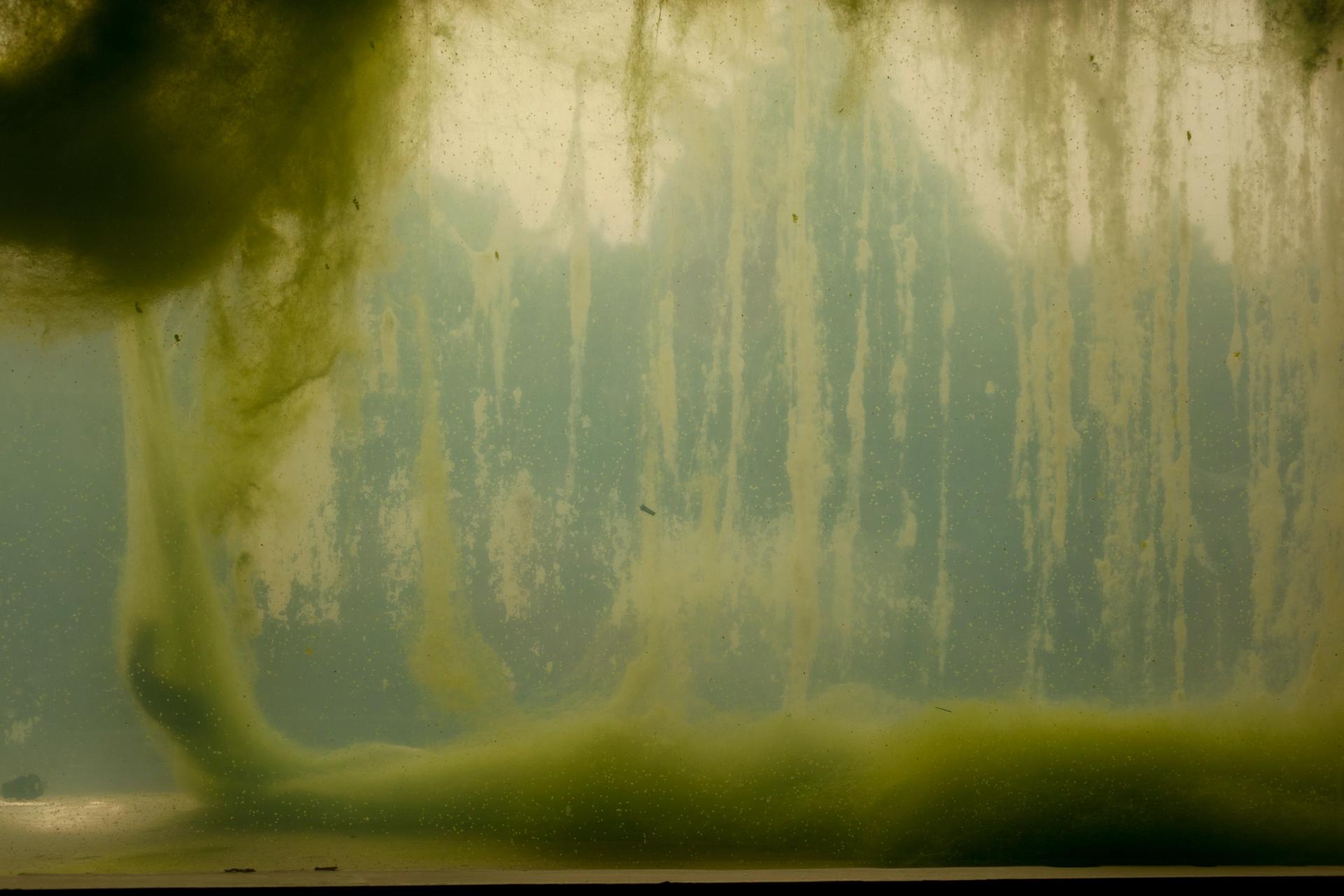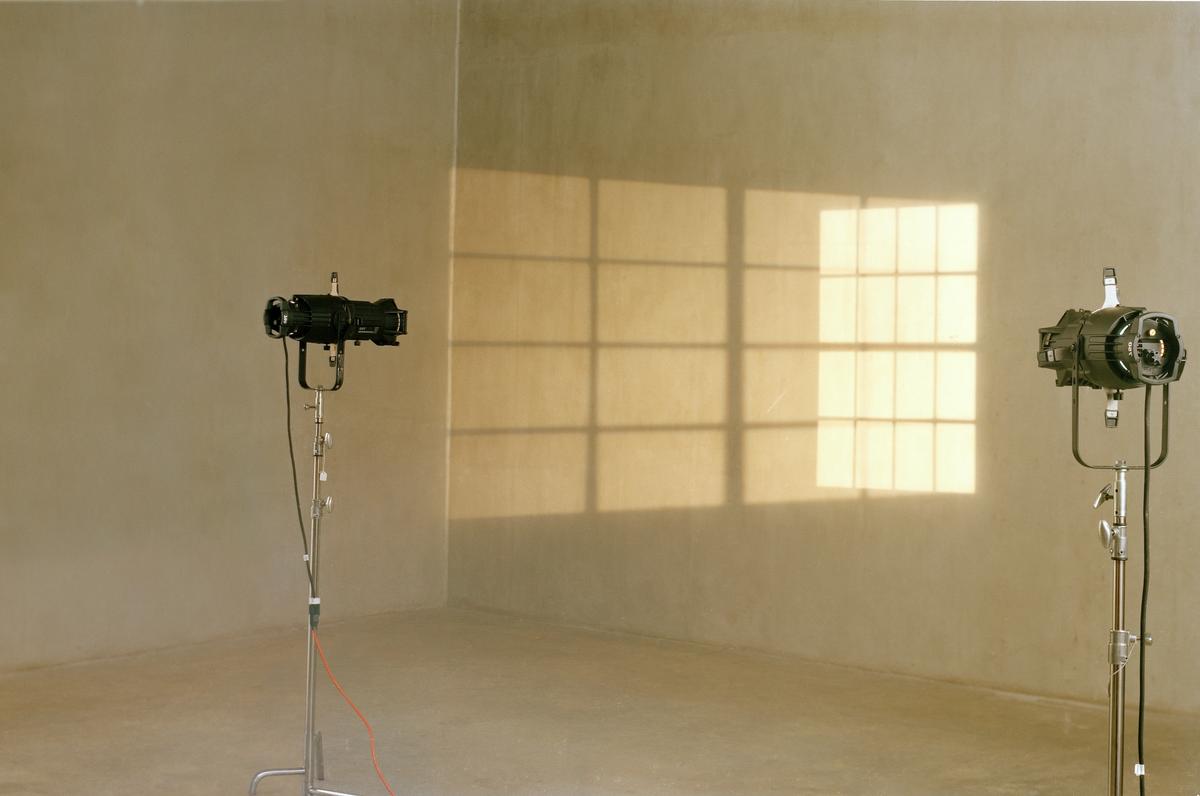The Museo Jumex has been taken over by the multidisciplinary Mexican artist Sofía Táboas. In October, the Mexico City museum opened her solo show and a collection exhibition that she guest curated, both of which explore the intersections between man-made and natural spaces. Titled Ambient Temperature, the group show brings together 35 works from the Jumex vaults that loosely visualise “heat or the absence of heat”, according to the artist, from works conspicuously addressing climate change to pieces evoking more emotional notions of warmth.
Táboas, who was a founding member of the experimental art space Temístocles 44 alongside artists like Abraham Cruzvillegas and Eduardo Abaroa in the early 1990s, was given the run of the Jumex art vault, a sprawling climate-controlled warehouse on the site of a Jumex juice factory. Some notable pieces she selected for the exhibition include Olafur Eliasson’s ethereal Double Double Hung Window (1999), in which the likeness of a sun-filled window is projected onto a wall, creating the impression of spatial depth, and an installation by Alicja Kwade titled Gegenwartsdauer (2013) that consists of an arrangement of fragmented prehistoric petrified palm trees.
The exhibition features a broad range of media and practices, reflecting the diverse collecting tastes of Eugenio López Alonso, the heir to the Jumex juice fortune who founded the privately-owned museum in 2013 and the Fundación Jumex Arte Contemporáneo, a non-profit institution, in 2001. Alonso is said to have become interested in collecting art after seeing a white canvas by Robert Ryman offered at auction for several million dollars. Perplexed, he sought to develop a deeper understanding of contemporary art, building a collection since the 1990s that now spans more than 3,000 works, ranging from sculptures by Constantin Brâncuși to works by the American artist Sebastian Wahl, known for his kaleidoscopic collage and resin compositions.

Sofía Táboas, Filtro lama (Lama Filter) (2011) Courtesy of the artist and kurtimanzutto. Photo: Agustín Estrada, 2011
In a separate level of the museum, Táboas has an exhibition of her own works, titled Thermal Range. It features a range of sculptures and paintings, some of which are sensitive to heat and the environment around them. Organised by the museum’s chief curator Kit Hammonds, the works in the exhibition consider the relationship between manufactured structures and nature. Among the exhibition’s highlights is Línea Termica (Thermal Line) (2021), for which the artist lined the wall and the floor of the museum with adobe that began sprouting mushrooms shortly after its installation earlier this year.
Another standout is the “living sculpture” Filtro Lama (Lama Filter) (2011/2021), which consists of two glass tanks installed on a window of the museum, recreating an environment from Lake Xochimilco—a lake on the southern outskirts of Mexico City that has been significantly impacted by human intervention and climate change. Conditions in the tanks will evolve over the course of the exhibition as microorganisms change, grow and decay in response to the sun and heat.
- Collection Jumex: Ambient Temperature and Sofía Táboas: Thermal Range, Museo Jumex, Mexico City, until 13 February 2022


